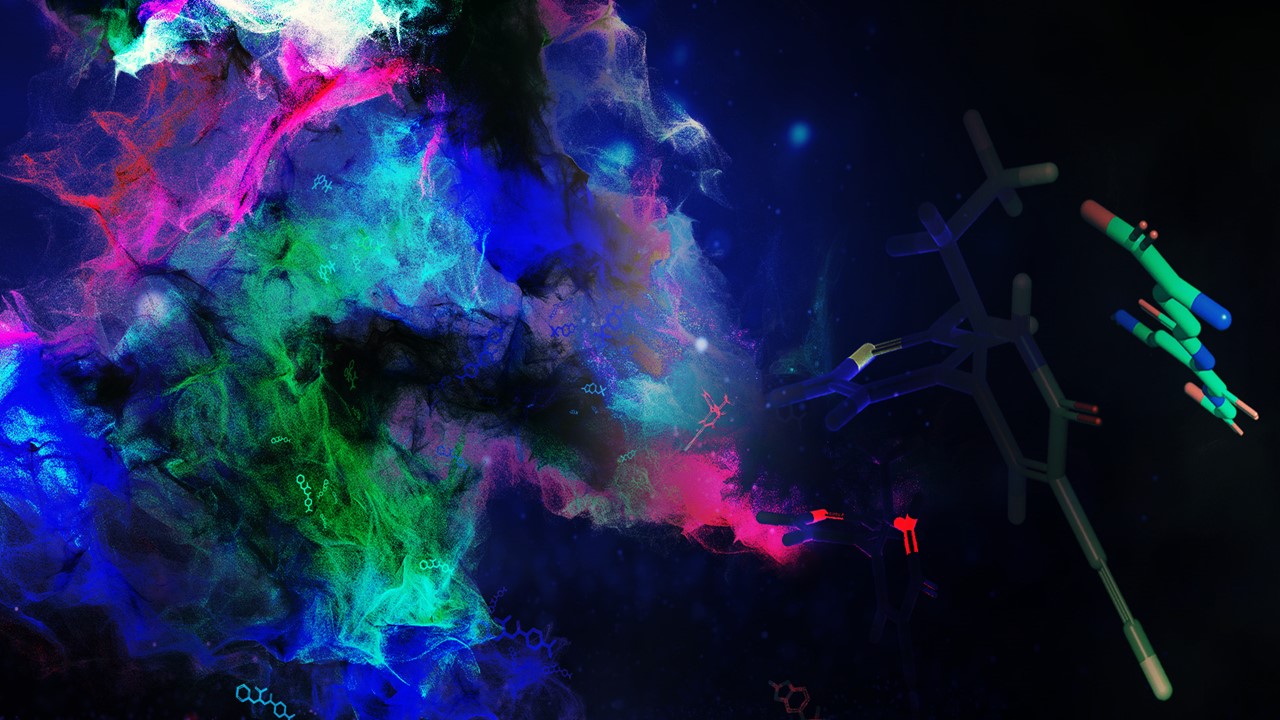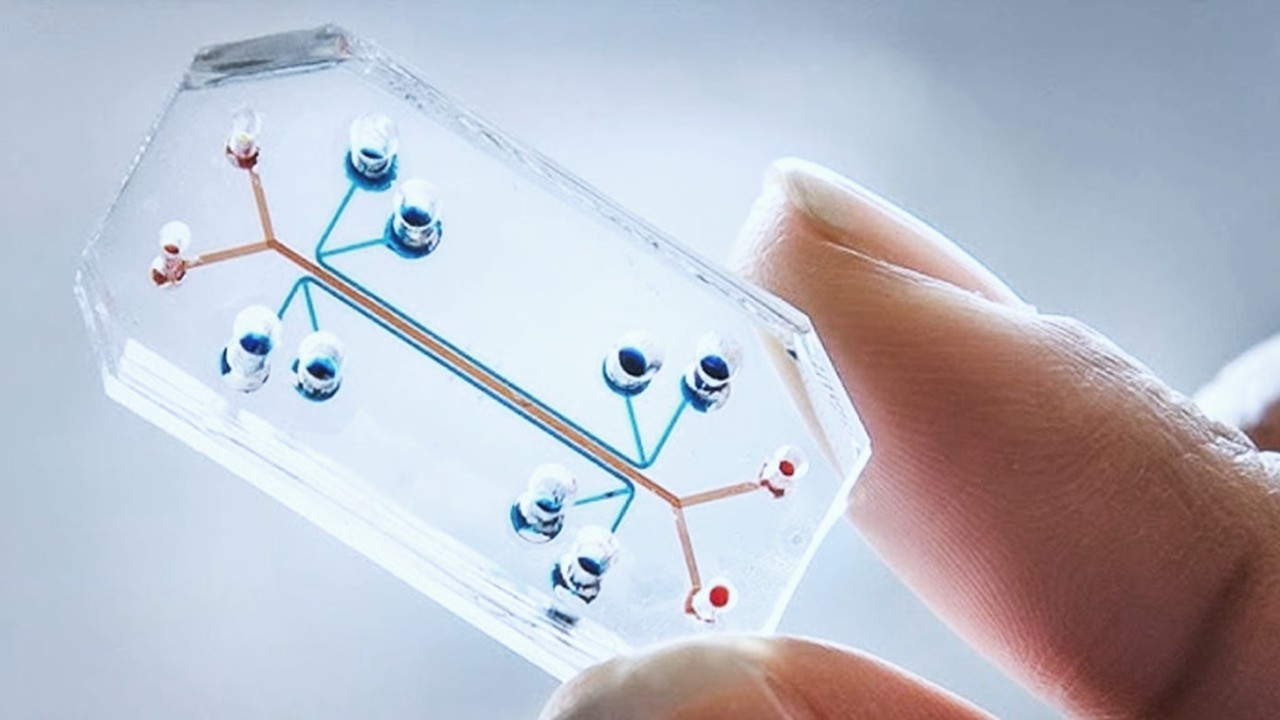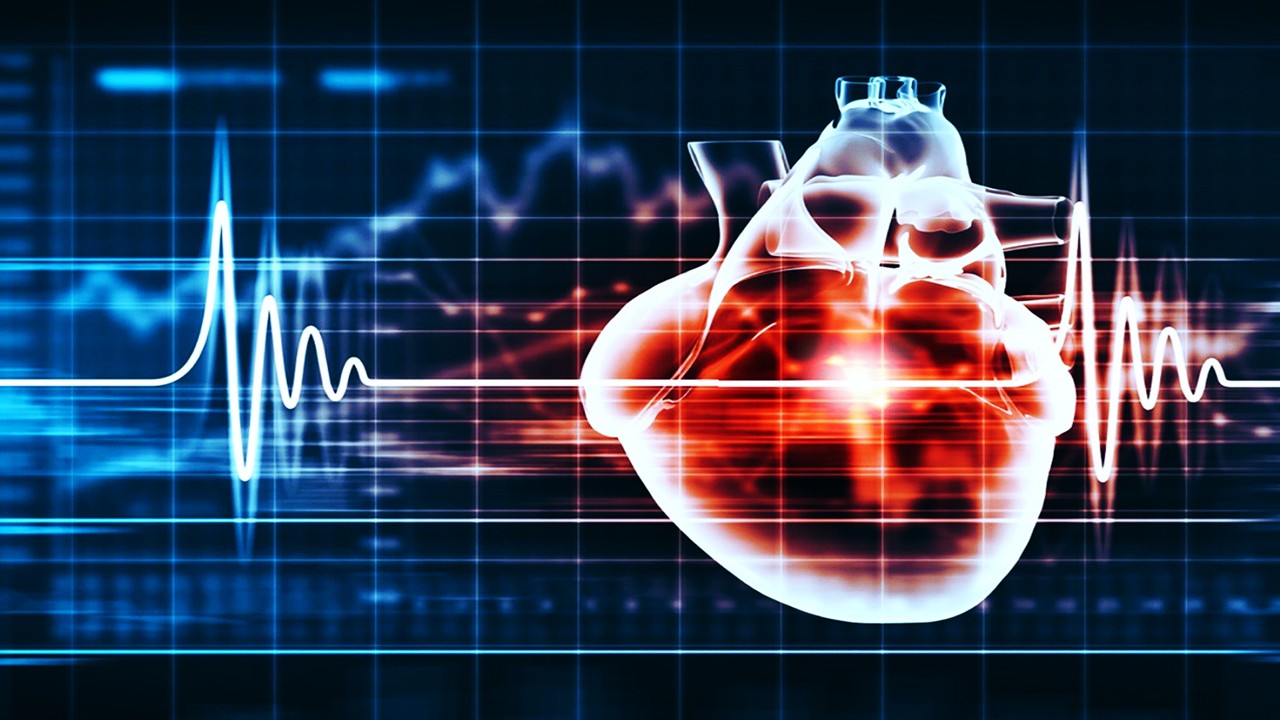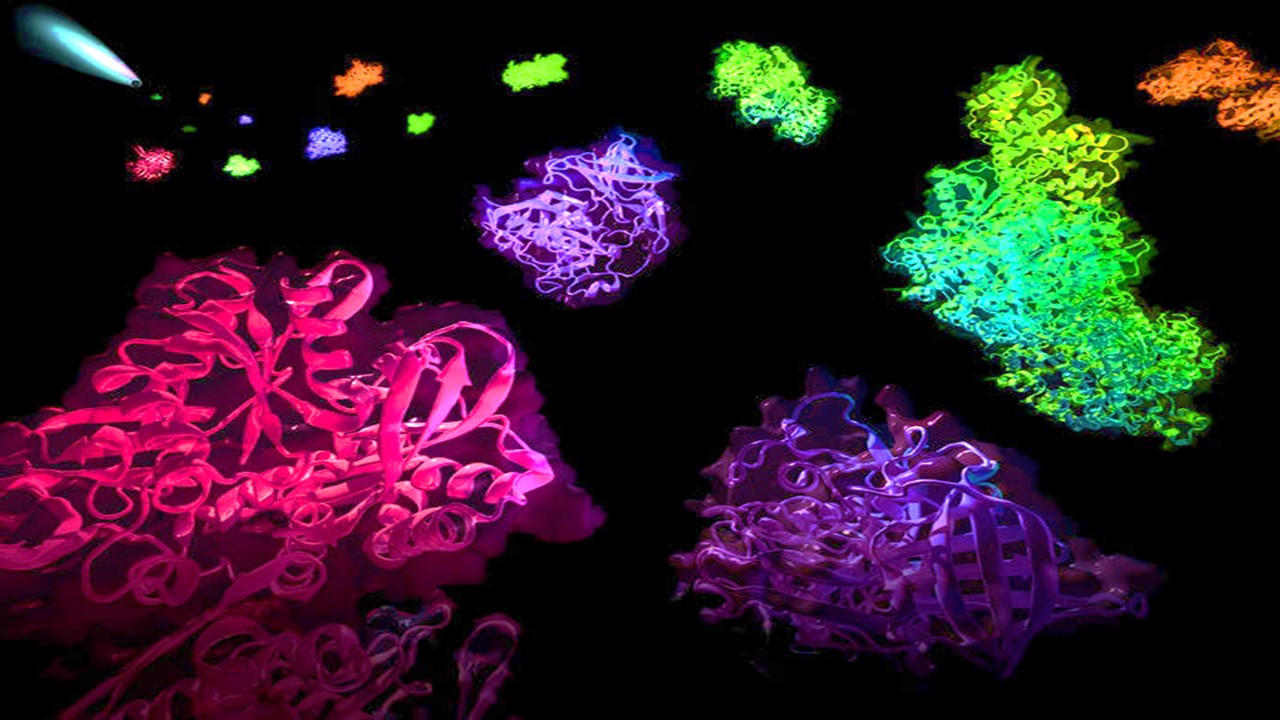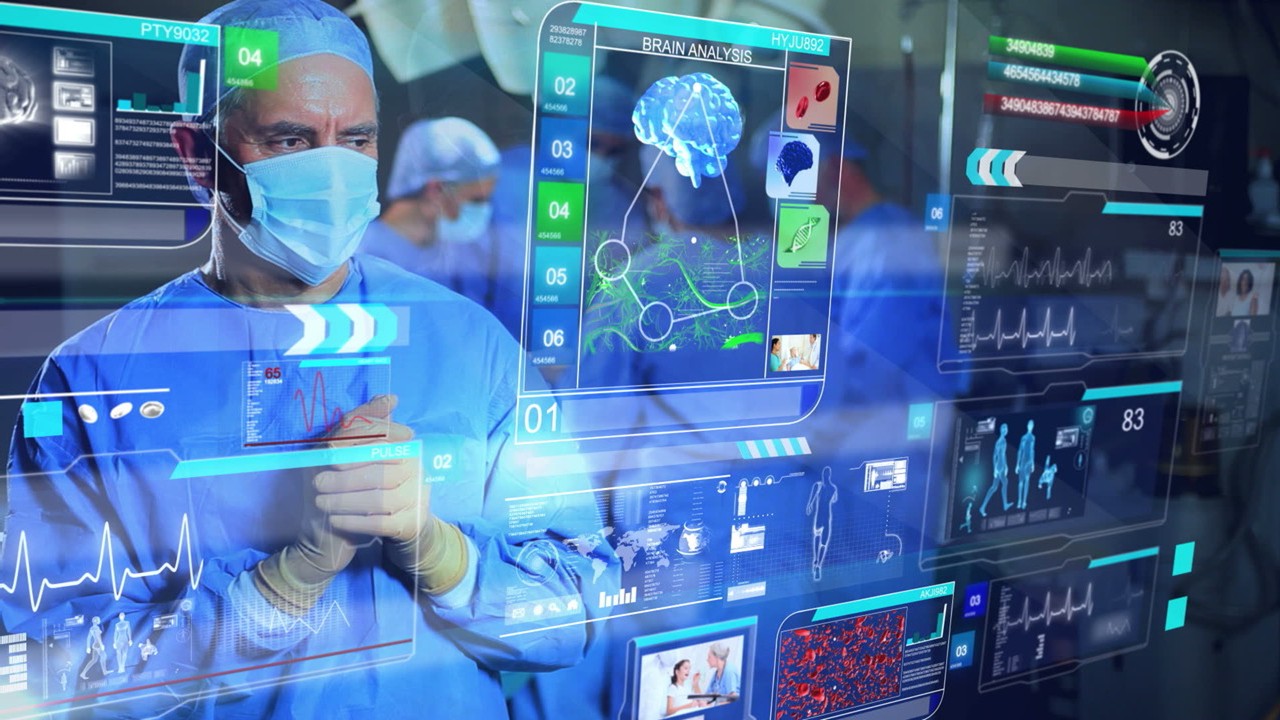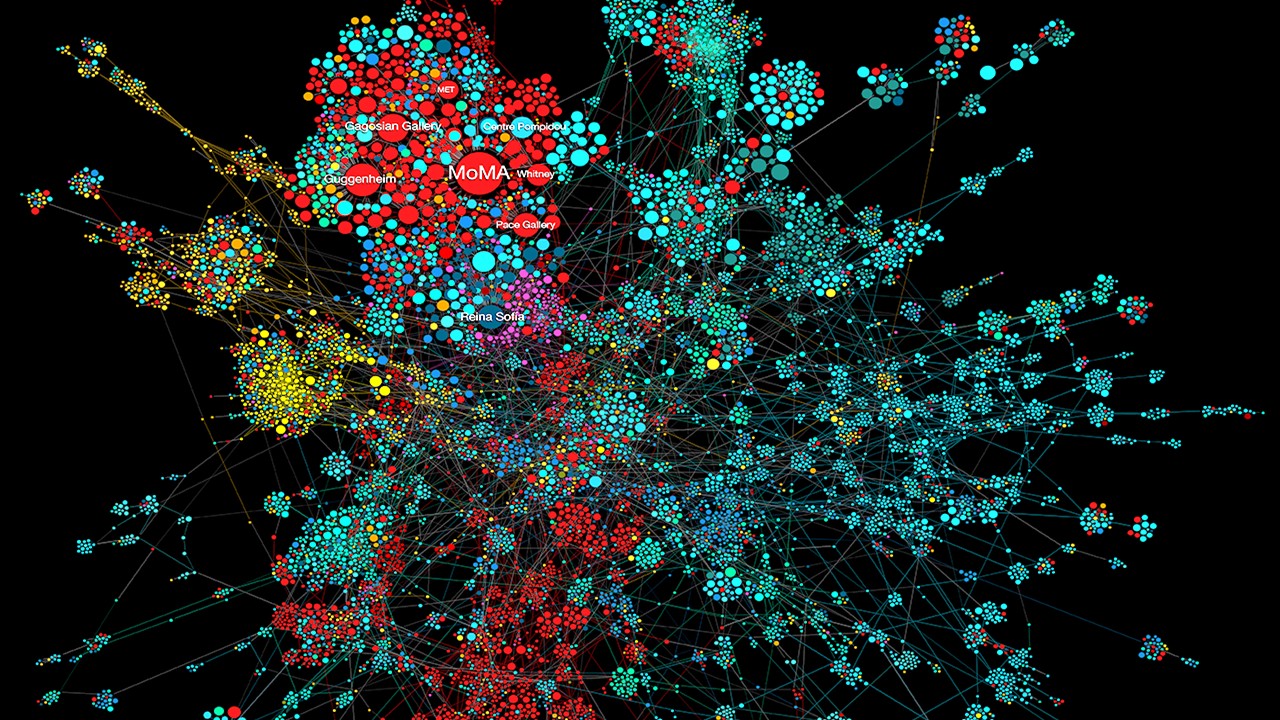Unraveling the Complexity of Brain Organoids with Precision Imaging
Brain organoids, often referred to as “mini-brains,” have emerged as powerful tools for studying human neurodevelopment and disease. These three-dimensional cellular structures, derived from human-induced pluripotent stem cells (hiPSCs) or embryonic stem cells (ESCs), self-organize into cortical-like architectures that mimic key features of the developing brain. Their ability to model neurodevelopmental disorders such as epilepsy, autism spectrum disorders, and neurodegenerative conditions has revolutionized neuroscience research. However, despite their potential, a major challenge in organoid studies is their structural and cellular heterogeneity, which complicates reproducibility and data interpretation.
A groundbreaking approach now offers a solution to this challenge: an advanced image analysis workflow tailored for cortical organoids. This customized system applies high-content, high-throughput imaging to quantify organoid morphology, cellular composition, and viability in an objective and standardized manner. By capturing 3D spatial information with unprecedented detail, the workflow refines how researchers assess organoid health and development over time, addressing key limitations in previous methodologies.
The Science of Building a Brain in the Lab
The ability to generate three-dimensional cortical organoids is a major leap forward in neuroscience. Unlike traditional two-dimensional cell cultures, which lack the complexity of real brain tissue, organoids grow as self-organizing spheres, containing a diverse array of neurons and glial cells arranged in layered architectures reminiscent of the human cerebral cortex.
Cortical organoids are derived from hiPSCs or ESCs through a carefully orchestrated differentiation process. This involves the inhibition of specific signaling pathways, guiding stem cells into neural progenitors that then mature into neurons and astrocytes. The resulting structures exhibit spontaneous electrical activity, synaptic connections, and even rudimentary network oscillations, making them valuable models for studying human brain development and disease.
However, variability remains a persistent issue. Even minor modifications in differentiation protocols—such as variations in growth factors, culture conditions, or media compositions—can significantly alter organoid morphology and cellular composition. Moreover, as organoids grow larger, they develop necrotic cores due to the absence of vascularization, leading to spatially heterogeneous cell survival. A robust, standardized approach to analyzing organoid architecture is crucial to overcoming these limitations.
Advancing Organoid Imaging: A Custom Analysis Workflow
To improve organoid characterization, researchers have developed an image analysis pipeline that automates the quantification of key structural and cellular features. This workflow integrates high-resolution fluorescence imaging with machine learning algorithms to extract precise data on cell density, viability, and differentiation status.
Using a high-throughput widefield fluorescence microscope, the system captures entire organoid sections in 3D. A computational clearing method enhances image resolution, resolving nuclear and peri-nuclear markers while maintaining the organoid’s complex architecture. The workflow processes millions of cells across multiple time points, providing a detailed view of how cortical organoids mature.
A key component of this system is its ability to identify and quantify viable and non-viable cells. Nuclei segmentation is performed using an advanced deep-learning algorithm, distinguishing between apoptotic and healthy cells based on nuclear morphology and fluorescence intensity. This allows for the precise demarcation of necrotic cores, regions where cells have died due to oxygen and nutrient deprivation. By accurately mapping these regions, the workflow provides critical insights into organoid viability, a crucial factor in neurodevelopmental disease modeling.
Tracking Development Over Time: The Evolution of Organoid Structure
One of the most significant findings from applying this workflow is the dynamic nature of organoid maturation. Cortical organoids were analyzed at two distinct time points—4 and 6 months post-induction—to capture their developmental trajectory.
Results showed that the proportion of non-viable cells within the viable regions remained stable over time, but the necrotic core size decreased as organoids matured. This contradicts previous assumptions that necrotic cores inevitably expand with growth, suggesting that metabolic adaptations may enhance cell survival in older organoids. Further molecular analyses are needed to determine whether changes in gene expression related to hypoxia and cell death contribute to this phenomenon.
Interestingly, while overall cell density decreased from 4 to 6 months, the proportion of GABAergic interneurons increased. This suggests a shift in the neuronal population composition, aligning with known developmental timelines in human brain maturation. The number of astrocytes, identified by S100β expression, remained relatively unchanged, indicating that gliogenesis may stabilize at this stage of organoid development.
These findings underscore the importance of temporal analysis in organoid research. By systematically tracking morphological changes over time, researchers can gain deeper insights into normal and pathological brain development.
Measuring Neuronal and Astrocytic Maturation in a Dish
Understanding the cellular makeup of cortical organoids is critical for evaluating their utility as brain models. The workflow developed in this study enables precise quantification of neurons and glial cells based on protein expression patterns.
To assess neuronal differentiation, the workflow tracks cells expressing MAP2, a cytoskeletal protein found in mature neurons. Surprisingly, MAP2-positive neurons did not significantly increase between 4 and 6 months, suggesting that the overall number of mature neurons remains stable. However, the increase in GABA-positive neurons indicates that inhibitory interneuron populations are expanding, potentially reflecting the formation of more balanced excitatory-inhibitory networks.
Astrocytes, essential for synaptic function and neuronal support, were identified using the S100β marker. Unlike neurons, astrocyte populations remained relatively constant over time, highlighting their early establishment in organoid development. This stability may indicate that gliogenesis reaches a plateau by 4 months, though additional markers such as GFAP (glial fibrillary acidic protein) could provide further insights into astrocyte maturation.
Automated Image Analysis: The Future of Organoid Research
The integration of machine learning into organoid imaging represents a major step forward in high-throughput neuroscience research. This workflow automates the analysis of large-scale image datasets, enabling rapid and reproducible quantification of structural features. Unlike traditional manual annotation, which is labor-intensive and subject to human bias, this system offers a standardized, objective method for assessing organoid development.
One of the key advantages of this approach is its adaptability. While designed for cortical organoids, the workflow can be applied to other organoid types, including models of the retina, liver, kidney, and intestine. By refining image processing techniques, researchers can expand its applications to disease modeling, drug screening, and regenerative medicine.
Future improvements may include the incorporation of spatial transcriptomics and single-cell proteomics, allowing for even deeper characterization of organoid composition. Additionally, integrating vascularized organoid models with this imaging system could help address the limitations of oxygen and nutrient diffusion, further enhancing the physiological relevance of these models.
Implications for Neuroscience and Personalized Medicine
The ability to generate and analyze cortical organoids with high precision has far-reaching implications for neuroscience and medicine. These models provide a unique platform for studying neurodevelopmental disorders at the cellular level, enabling researchers to investigate disease mechanisms and test potential therapies in a controlled environment.
For personalized medicine, organoids derived from patient-specific iPSCs hold immense promise. By using this imaging workflow, clinicians could assess how an individual’s brain-like tissue responds to different treatments, paving the way for customized therapeutic strategies. This is particularly relevant for disorders with complex genetic and molecular underpinnings, such as epilepsy, schizophrenia, and autism.
Moreover, the workflow’s ability to track developmental changes could inform research on neurodegenerative diseases. By comparing healthy and diseased organoids over time, scientists may uncover early-stage biomarkers of conditions like Alzheimer’s and Parkinson’s disease, facilitating early diagnosis and intervention.
Redefining Brain Research with Organoid Imaging
This customized image analysis workflow marks a significant advancement in the field of brain organoids, providing a standardized and scalable method for evaluating their structural and cellular characteristics. By integrating high-content imaging, machine learning, and computational analysis, this approach enhances the reproducibility and precision of organoid research.
As neuroscience moves toward more sophisticated in vitro models, tools like this workflow will be essential for bridging the gap between basic research and clinical applications. Whether used to unravel the mysteries of human brain development, model neurological diseases, or test potential therapies, this cutting-edge imaging system is poised to transform the future of neuroscience and precision medicine.
Study DOI: https://doi.org/10.3390/organoids4010001
Engr. Dex Marco Tiu Guibelondo, B.Sc. Pharm, R.Ph., B.Sc. CpE
Subscribe
to get our
LATEST NEWS
Related Posts
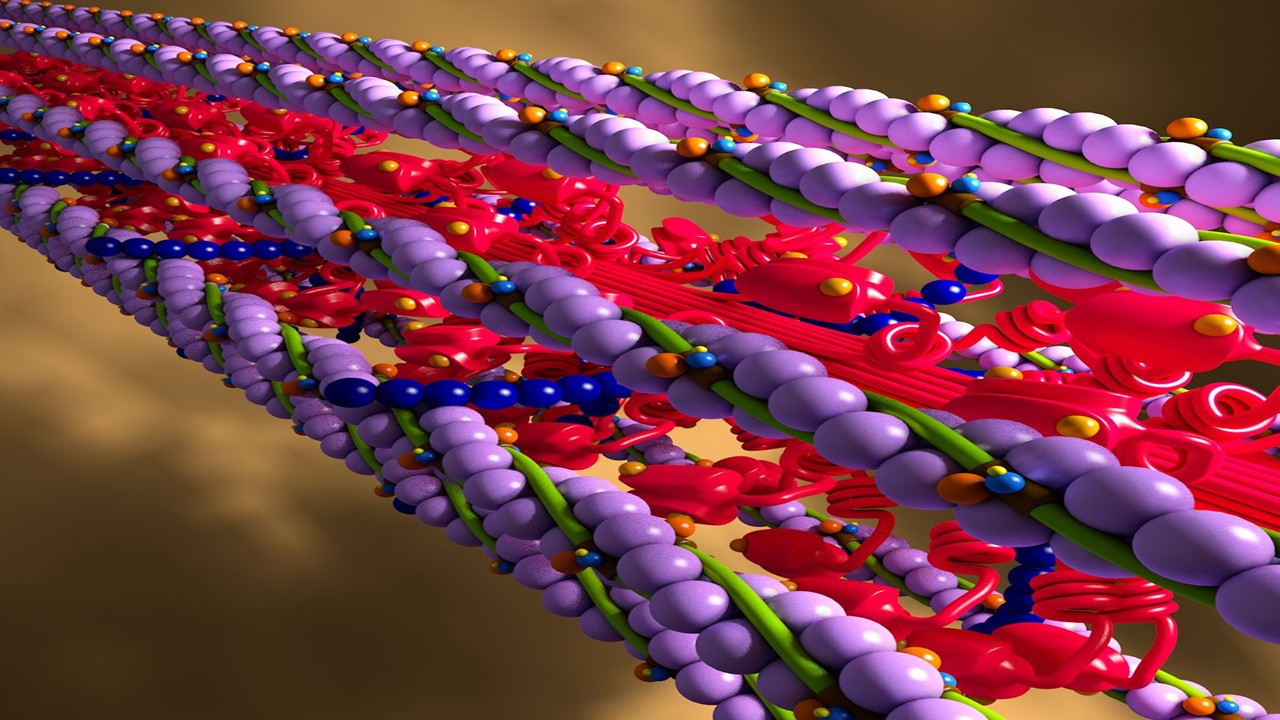
Molecular Biology & Biotechnology
Myosin’s Molecular Toggle: How Dimerization of the Globular Tail Domain Controls the Motor Function of Myo5a
Myo5a exists in either an inhibited, triangulated rest or an extended, motile activation, each conformation dictated by the interplay between the GTD and its surroundings.
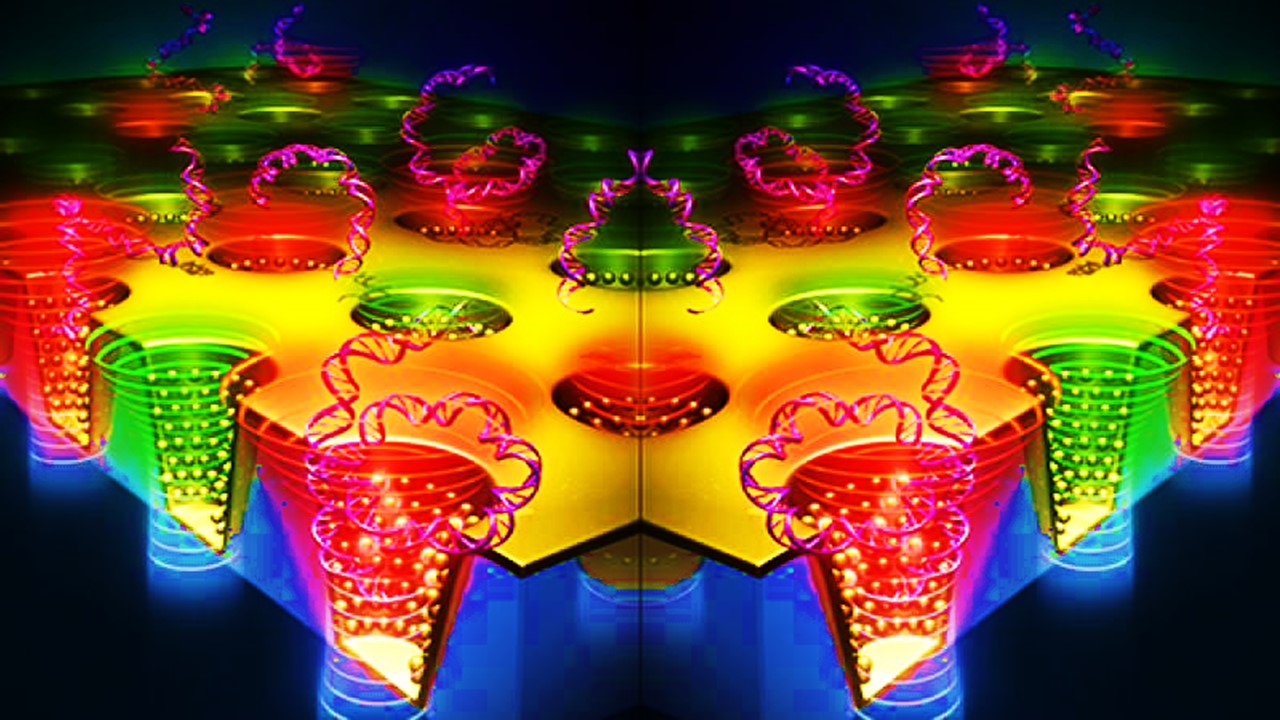
Drug Discovery Biology
Unlocking GPCR Mysteries: How Surface Plasmon Resonance Fragment Screening Revolutionizes Drug Discovery for Membrane Proteins
Surface plasmon resonance has emerged as a cornerstone of fragment-based drug discovery, particularly for GPCRs.
Read More Articles
Designing Better Sugar Stoppers: Engineering Selective α-Glucosidase Inhibitors via Fragment-Based Dynamic Chemistry
One of the most pressing challenges in anti-diabetic therapy is reducing the unpleasant and often debilitating gastrointestinal side effects that accompany α-amylase inhibition.






